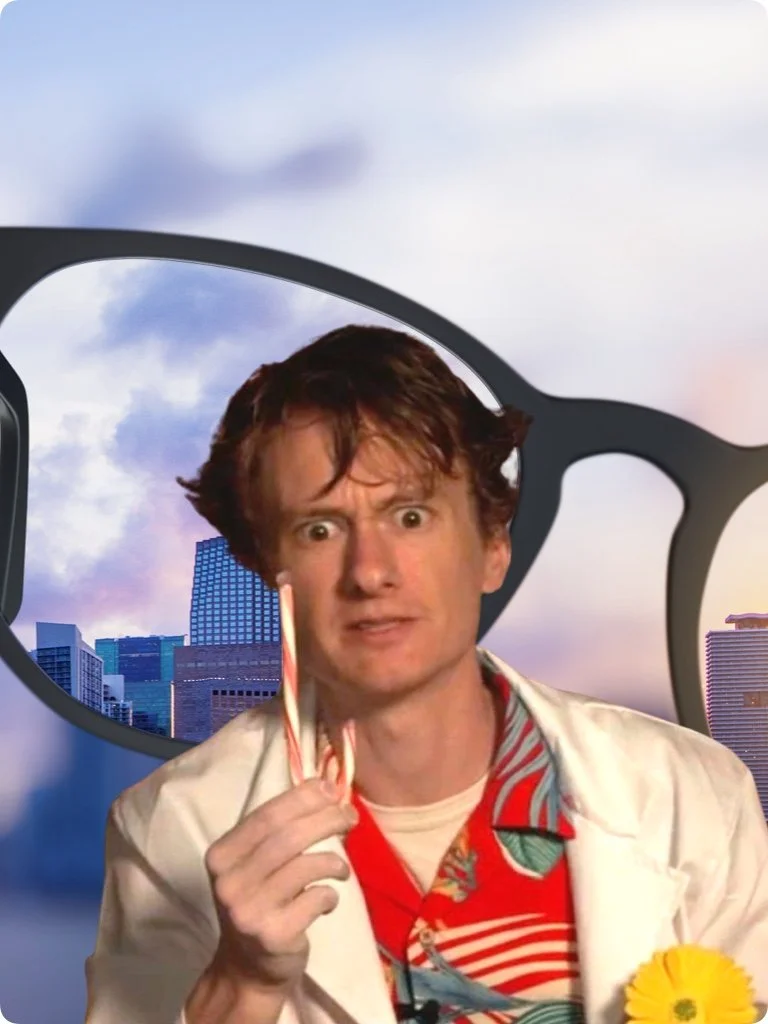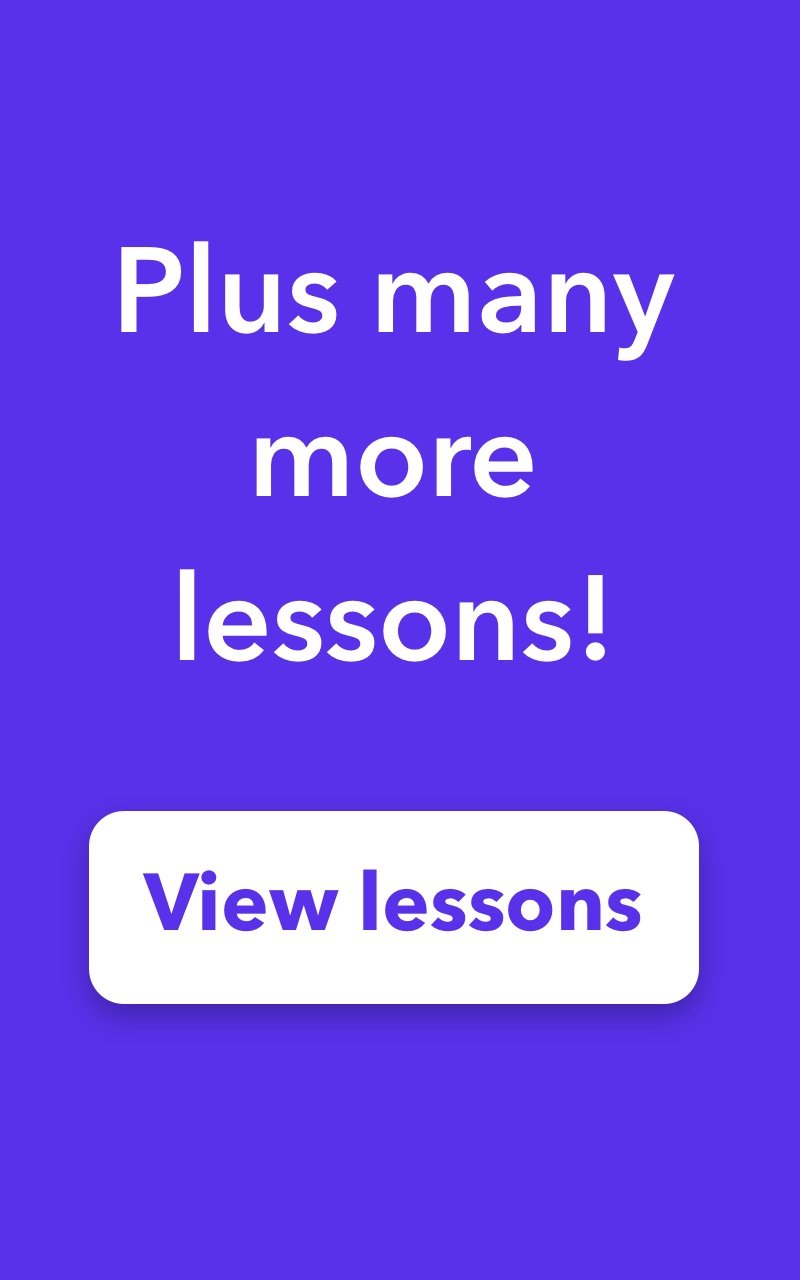Ask Tappity: Science Questions for Kids > How Do Glasses Work?
How Do Glasses Work?
A simple piece of glass can transform some people’s vision of the world from an incomprehensible blur to a crystal clear picture. How do they work? Watch this video to find out, or read our explanation below!
Light Moves Differently Through Different Stuff
If you put a straw into a glass of water, it will look like the part above the water doesn’t match the part underneath the water. That’s because light travels differently through water than it does through air - the water “bends” the path of the light. Other things bend the path of light too, like glasses, and even your own eye.
Your Eye Focuses Light
The front part of your eye is called the lens. It bends the path of all the light entering to make it hit a tiny spot on the BACK of your eye called the fovea. This has to be very precise, and for people who need glasses, the lens gets it a little wrong. It focuses the light to a point just in front of or just behind the fovea, making for a blurrier picture.
Glasses Bend Light to Correct Your Eye’s Lens
Glasses work by bending light right before it enters your eye by just the right amount to correct for the error of your eye’s lens. If your eye is making the light focus too far in front of the fovea, your glasses will widen the light beams before they go into your eye, so that the lens gets them exactly right.
Eyeglasses Facts for Kids
Got questions about the eyeglasses? We’ve got answers!
-
Not wearing glasses doesn’t make your eyesight worse. However, having to strain and squint can cause some other problems, like eye strain and headaches.
-
As you age, the lens of the eye becomes less flexible, and has difficulty focusing on closer objects. That makes a lot of people need glasses to see objects close up clearly as they get older.
-
People with extreme nearsightedness have trouble seeing things clearly if they are more than about a foot away from their eyes.
-
The back of the eye has millions of special nerves that sense color. There is a different nerve for the colors blue, green, and red. Each one fires a message to your brain when that color light strikes it. Your brain receives all of the messages from the nerves, and interprets it to make the image you see.
-
Having two eyes helps us figure out how far away things are from us. By measuring the difference between the image received by both of our eyes, our brain can calculate how far away something is. That’s called depth perception. Try catching something with one eye closed - its a lot harder!
-
If you find yourself having to read something without your glasses, try this: make a tiny hole with your fingers and hold it up to your eye, so that only a little hole of light gets through. This will turn what you’re looking at clear (but much darker), even without glasses!
More Answers to Science Questions from Kids
What causes earthquakes? Can humans live on the Moon? The Tappity Science Library has interactive lessons with answers to those questions and more!
Want Even More Science for Kids?
Dive into Tappity, the world’s largest interactive K-5 science library. Find everything from penguins to planets and even protozoa! So whether you’re an early engineer, a budding biologist, or an aspiring astronaut, you'll be sure to discover something new just for you.

























